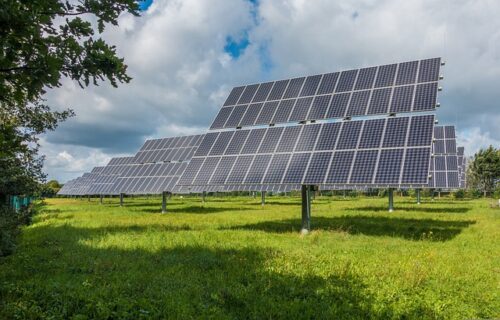Researchers from the Nara Institute of Science and Technology (NAIST) have invented polymer-based solar cells to solve the environmental problems caused due to silicon-based solar cells

Silicon-based solar cells have a 30-year shelf life after which they are simply disposed of. With the increase in demand for renewable resources, solar cells are a major contributor to electricity generation, and this could generate a huge waste problem. To overcome this hurdle, researchers have developed polymer-based solar cells that provide a less-wasteful solution. These panels are thin and flexible and have great efficiency.
“This efficiency is substantially limited by the fill factors: commonly less than 60%, even in advanced devices,” says corresponding author Hiroaki Benten of Nara Institute of Science and Technology. “The science that underpins the limited efficiency of all-polymer blend solar cells remains insufficiently unexplored.”
This research provides the ground-breaking result with a high fill factor: ca. 70%, which remained ca. 60% even for polymer films several hundred nanometers thick. Competing polymer technology exhibits a ca. 40% fill factor at this thickness. This is because bimolecular recombination of free electrons with free holes substantially inhibited the fill factor before work, but was suppressed in the current study.
“There was substantial charge delocalization in the donor and acceptor domains,” explains Masakazu Nakamura, senior author. “Appropriate aggregation of the polymer donors and acceptors led to a substantially ordered local structure of the polymer, which helped keep the separation of the electrons from the holes.”
Researchers feel they need more improvement on the 10-year service life of the most advanced research prototypes even if they have completely solved the efficiency problem of all-polymer solar cells. Further research efforts are needed for optimizing the film morphology and even enhance hybrid polymer/silicon solar cells, to improvise energy collection and efficiency
Click here for the Published Research Paper






